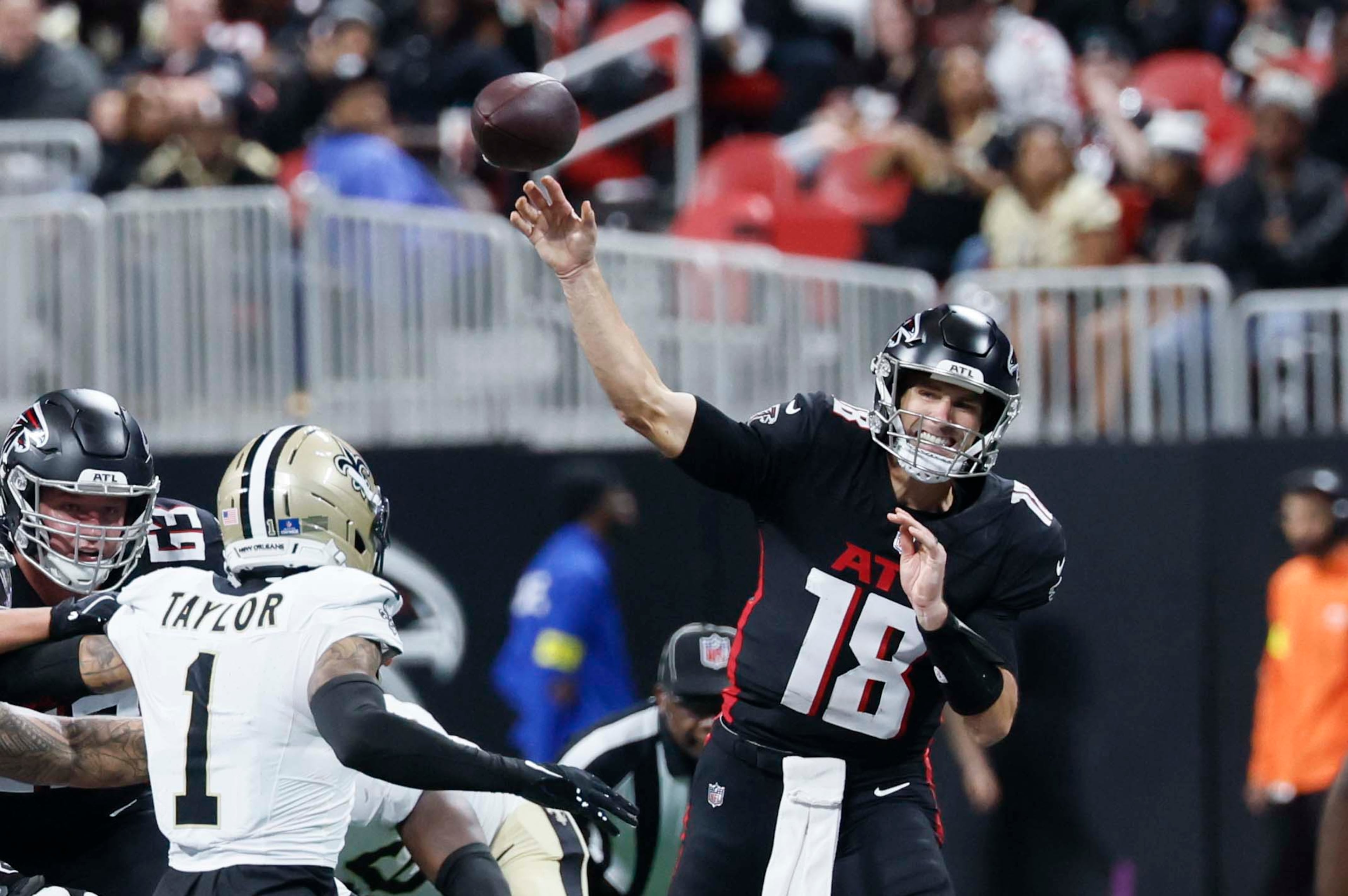At Talladega in 1985, Elliott gave memorable show

Bill Elliott’s NASCAR career, which includes 44 Sprint Cup wins, 55 poles and the 1988 championship, was highlighted by the 1985 season, when he won 11 races, 11 poles and the Winston Million bonus for winning three of the sports four major races.
But none of those accomplishments stand out like his performance at Talladega Superspeedway 30 years ago this month. In that 1985 Winston 500, Elliott started on the pole and appeared to have a winning car only to have an oil line come loose on Lap 48.
His crew quickly diagnosed the problem and got him back on the track just a few yards shy of being two laps down. With no help from caution flags, Elliott made up the deficit and came back to win the race and keep alive his hopes of winning the then-new Winston Million.
The show he put on that day remains one of the most talked-about runs in the history of NASCAR. Broadcaster Eli Gold, who covered that race 30 years ago, called it “the all-time, ultimate power show in racing history.”
In a unique look back at that day, Talladega track officials, working with employees of the Dale Jarrett Driving Experience that provides on-track experiences for fans at Talladega, took Elliott’s 1985 Ford Thunderbird, which had been on display since 1986 in the adjacent International Motorsports Hall of Fame, and got it running. Then, during a recent media event, Elliott climbed behind the wheel and ran four laps around Talladega. Although he didn’t drive nearly as fast as he did back in 1985, before restrictor plates were used to slow the cars at Daytona and Talladega, it was a memorable ride for the Hall of Fame driver.
Elliott said being on the track in his old No. 9 Ford made him want to be in the starting field for Sunday’s 500-miler, but he also acknowledged that his driving days are behind him. And although he still looks much younger than his 59 years, he pointed out that it has been quite a while since 1985, his best racing season.
As he watched a replay of his Talladega win in the media center, he laughed and said: “I’m surprised it was in color.”
Elliott said his win at Talladega, as well as his overall dominance of the bigger tracks in 1985, wasn’t because of some trickery he and his crew of 12 had under the hood.
He explained that back then there were fewer specifications in the rule book and that an innovative team could find ways to get more speed.
One of the key factors to the success of his Thunderbird was that he and his crew, led by his brothers Ernie and Dan, built their car so that the tread width (measured from the outside of the left-side tires to the outside of the right-side tires) was smaller than most of his competitors.
“They had a rule about the maximum tread width, but we built ours a little narrower, which was OK back then,” he said.
Elliott also said his brother Ernie and the engine crew at their shop in Dawsonville usually ran a set-up that relied more on torque from the engine instead of maximum revolutions, which allowed him to run hard enough to make up two laps under green without blowing the engine.
Still, running 5 mph faster than the competition during the 1985 Winston 500 was risky.
“Nothing was a given as far as reliability,” Elliott said. “It was all on a trial-and-error basis.”
In that race, Elliott said his strategy was simple once he returned to the track after having his car repaired.
“It was just a matter of running as hard as I could the rest of the race,” he said. “I was thinking it probably wouldn’t live.”
He gave the credit for the engines durability under pressure to his brother Ernie.
“Ernie was, and still is today, one of the most underrated engine builders,” he said.
Elliott not only took the win that day, he also had a hand in the second-place finish for Kyle Petty, driving the Wood Brothers Ford. Eddie Wood, now one of the co-owners of that team, said his team was struggling with the handling of their car and he asked Elliott for some advice. He got far more than he expected.
“(Elliott) told me to put a 2,700-pound spring, cut down to 7 1/2 inches, on the right front, a 2,000-pound spring cut down to 7 1/2 inches on the left front and a pair of 600-pound springs in the rear,” Wood said, adding that Elliott also told them which sway bar and shocks to use.
The changes fixed the Wood’s car, then sporting a No. 7.
Wood also recalled Petty’s reaction on the radio when Elliott blew by him on the way to making up one of his laps.
He saw a small puff of smoke come from Elliott’s car as he entered Turn 1, indicating that he’d let off the accelerator.
Wood said Petty keyed his microphone and said: “He just backed off that thing.”
That Elliott was running so fast on the straightaways that he could let off entering the corners stunned Petty, and the Woods.
“Kyle hadn’t let off the gas in 50 laps,” Wood recalled.
For Wood, who later hired Elliott to drive the team’s No. 21 Ford, finishing second that day seemed appropriate.
“If Bill hadn’t helped us, we wouldn’t have been able to finish second,” Wood said. “And when someone puts on a performance like he did, making up two laps under green, they deserve to win.
“It was the most dominating run I’ve ever seen at Daytona or Talladega.”


